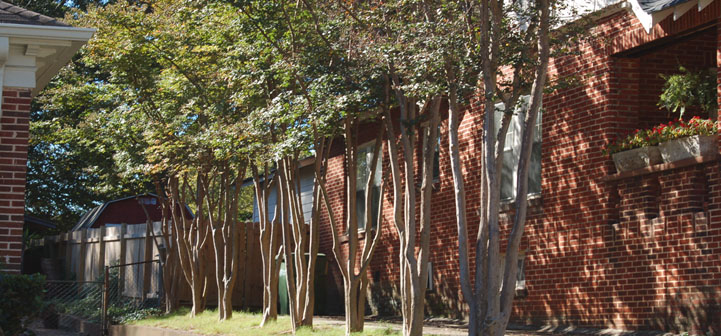Reviewed and Revised on 10/17/2013
When looking to do energy related improvements on a home, it is often a good idea to determine a savings to investment ratio (SIR) for each measure before investing in the improvement. The ratio takes into account how much an improvement costs, how much it saves once installed, and how long it will last.
The ratio will give a homeowner an estimate of the number of times an improvement will pay for itself in savings, over its entire life time.
Examples:
1. If it costs $5000 to replace a new heating system, is it worth it in terms of savings to replace the existing heating system? Assuming the new system will save $500 per year, and is warrantied to last 20 years, the SIR for this heating system will be an SIR of 2 ($500 x 20 divided by $5000). This means the heating system will pay for itself in savings twice over its service life.
2. Similarly, if an SIR evaluation is done on upgrading the insulation and it is determined that the insulation project would have an SIR of 7, it implies it would pay for itself 7 times in savings over its lifetime.
If one was to choose between the above two different kind of improvements, since insulation upgrading has a higher SIR of 7 it clearly makes more sense to insulate first, and then look at replacing the heating system. SIR can thus be a powerful tool to help prioritize home energy improvements.
SIR can also be used to make the best choice about the piece of a replacement equipment or even a new installation equipment from amongst the various brands and options available in the market.


